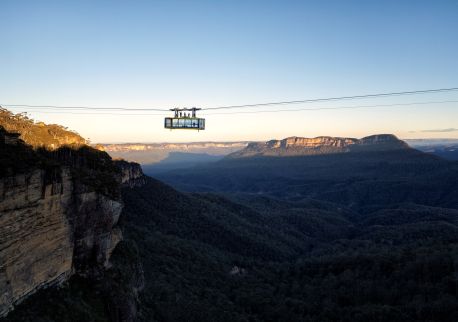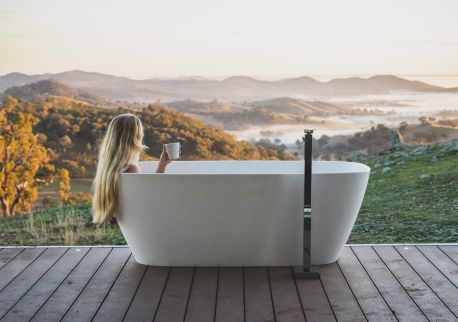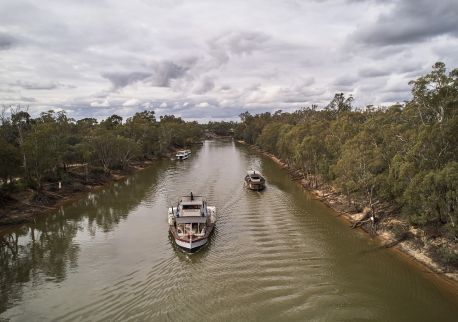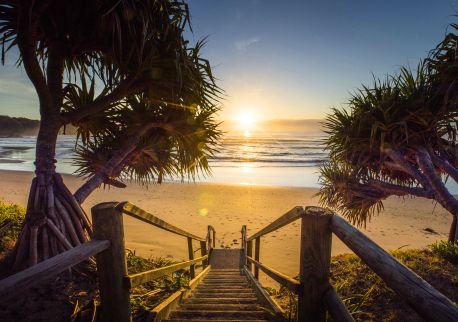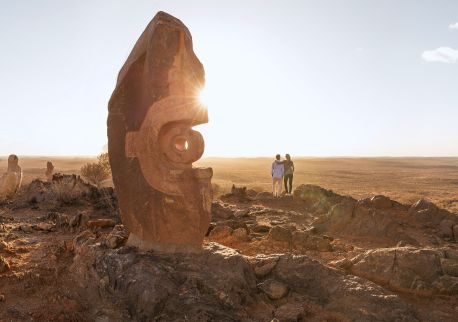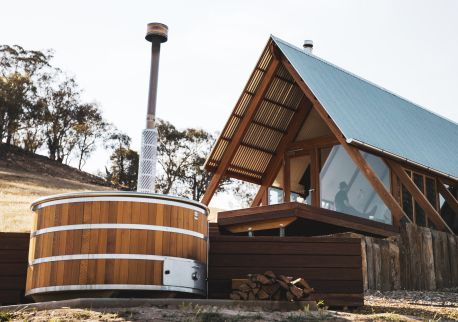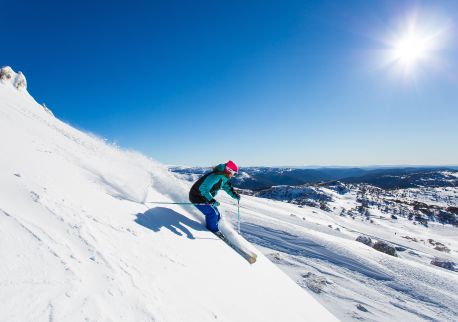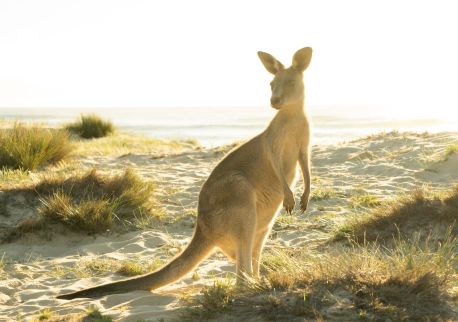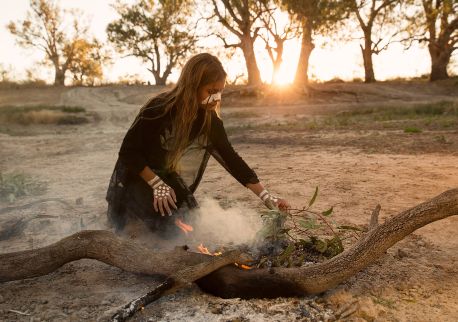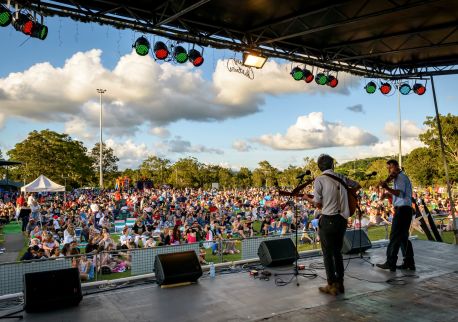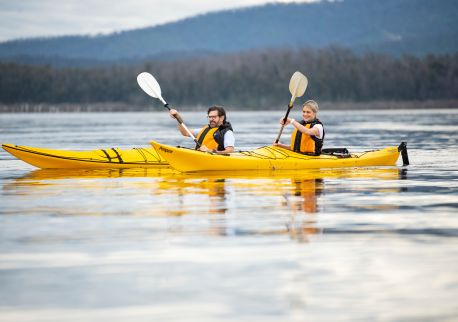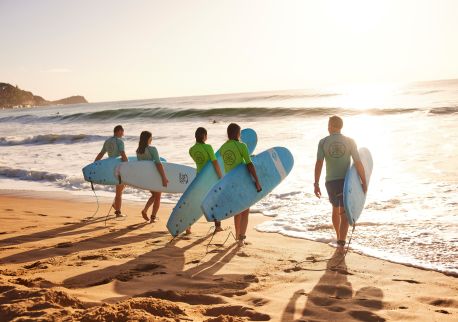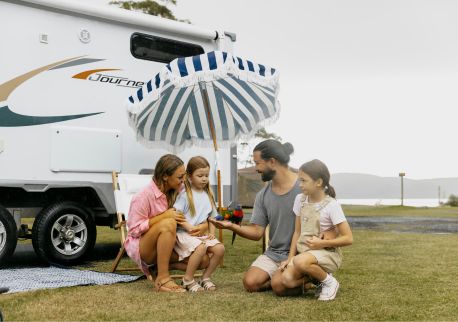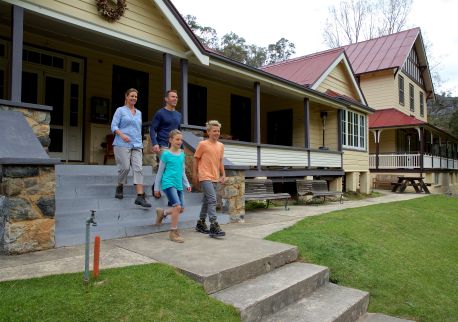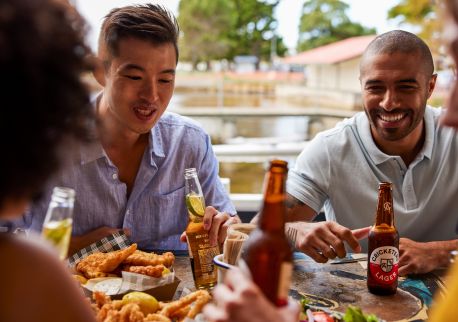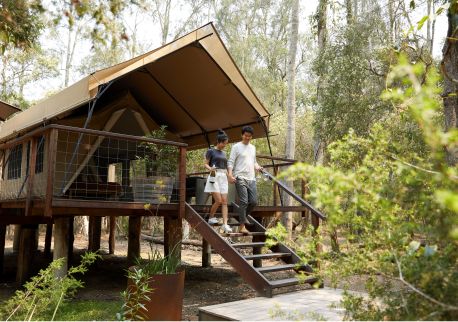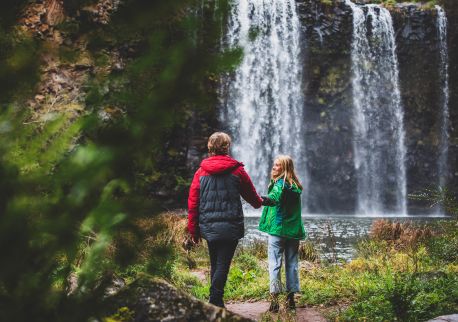Two Girls From Amoonguna
Monday 28 April 2025 to Sunday 11 May 2025
Overview
Two Girls From Amoonguna is an exhibition featuring new work by Arrernte and Southern Luritja artist Sally M Nangala Mulda and Western Arrarnta artist Marlene Rubuntja. It recounts their intertwining stories of friendship and resilience in the Central Desert.
Encompassing video, soft sculptures, and paintings, the centerpiece animation, Arrkutja Tharra, Kungka Kutjara, Two Girls, was made in collaboration with Ludo Studio (Bluey, Robin Hood, and The Strange Chores). Sally and Marlene’s practice is representative of Mparntwe (Alice Springs), where they live. Playful, self-referential, and humorous, their work embodies the politics, history, and culture of Mparntwe and its surrounding town camps.
An ACMI touring exhibition.
Arrkutja Tharra, Kunkga Kutjara, Two Girls is the third Artbank + ACMI Commission, proudly supported and made in collaboration with Ludo Studio.
Image credit: Sally M Nangala Mulda and Marlene Rubuntja, Arrkutja Tharra, Kungka Kutjara, Two Girls, 2023 (video still).

